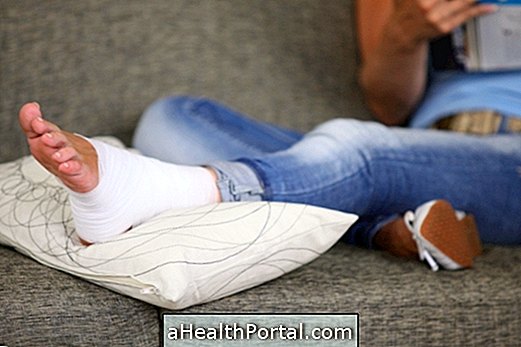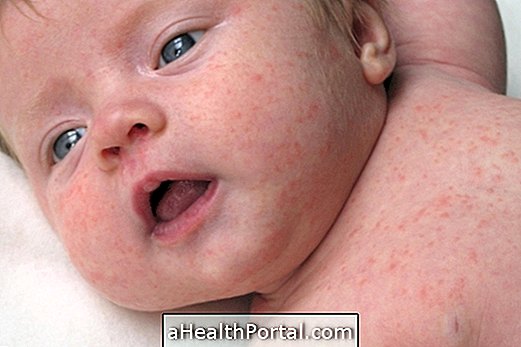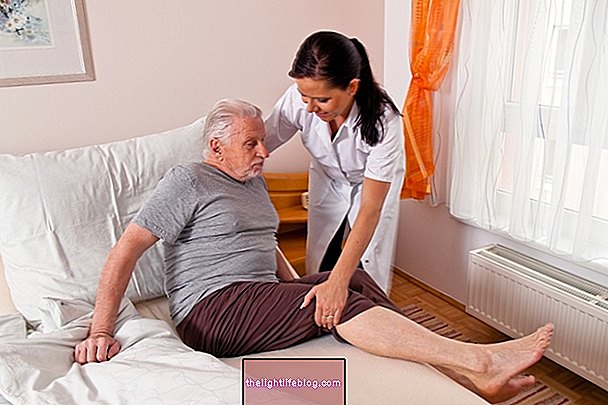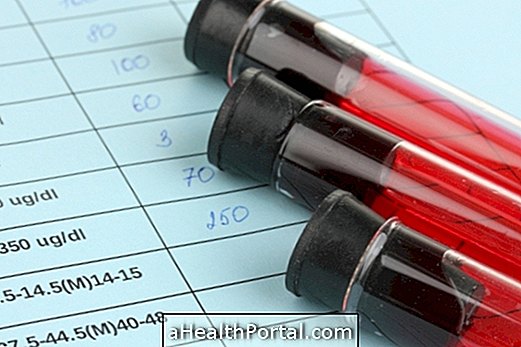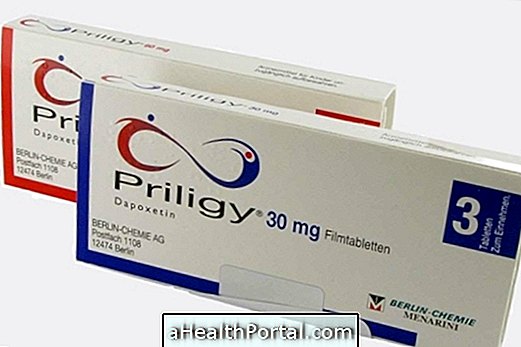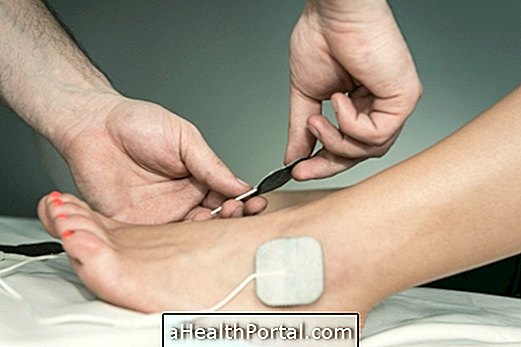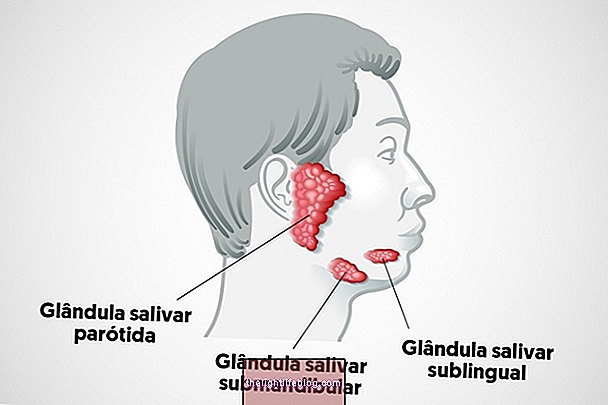The symptoms of smallpox generally appear after 12 to 14 days after the virus is transmitted and are initially very similar to the symptoms of a flu, as they include high fever, tiredness and pain in the body including back, head and belly.
As the disease progresses, other symptoms arise, such as:
- Bubbles, containing pus, which begin in the region of the mouth and then spread to the rest of the body and cause intense itching and pain;
- Bleeding from the blisters that burst after a while, causing ulcers on the skin that eventually dry out, forming crusts;
- Intense vomiting, diarrhea;
- Delirium and convulsions.
Sometimes, with bleeding and drying of the blisters, patients get their skin full of lesions and disfigured.
Pictures of Smallpox Symptoms


Source: Centers for Disease Control and Prevention
Smallpox transmission occurs through inhalation or contact with the saliva of sick individuals, as well as through contact with contaminated clothing and sheets, although the risk of infection from these sources is less common.
Treatment of smallpox
There is no specific treatment. A clinical support hand is kept maintaining the hydroelectrolytic balance and nursing care. Antibiotic therapy is indicated for the treatment of secondary bacterial infections, which are common.




